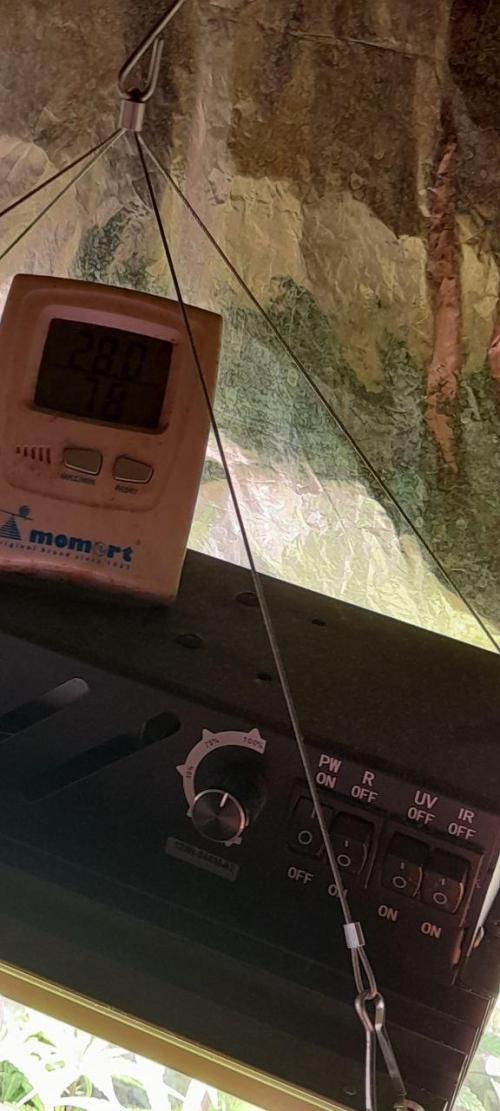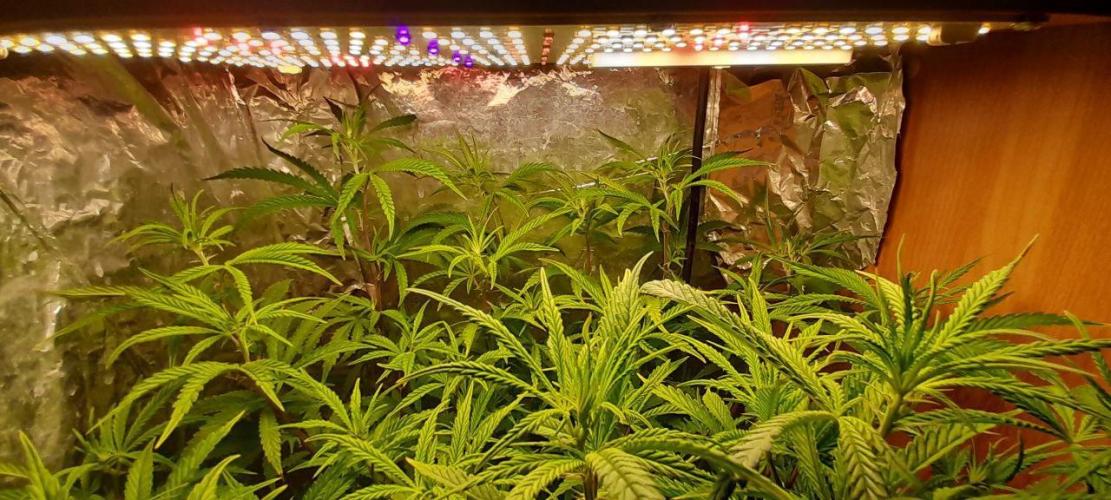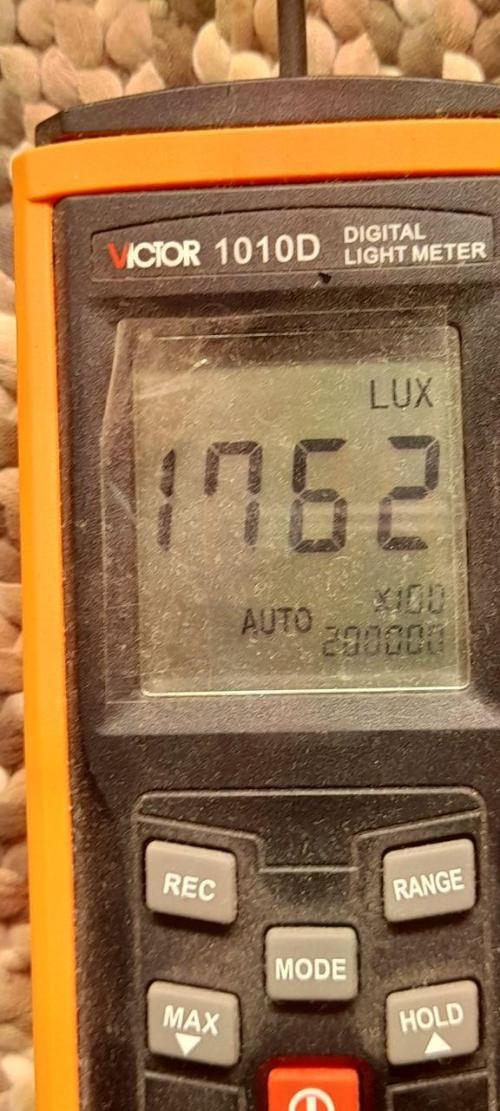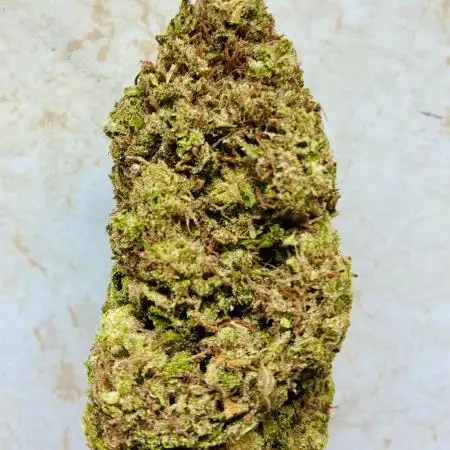By continuing to use the website or clicking Accept you consent to our cookies and personal data policy and confirm that you are at least 18 year old. For details please see Privacy Policy and Terms
Accept
Myth busting part.1
John_Kramerstarted grow question 6d ago
After 24h of darkness i'm setting timer for 6 on and 18 off for 1 or 2 weeks (how much does she need to get flower? )
red,IK,UV leds on
i'm gonna give her 150-180k lux = 2700-2900 ppfd with 4L of CO2
let's see how's she gonna handle it
feel free to post any comments or suggest..
Open
likes
Answer
ATLien415answered grow question 4d ago
Science go:
1. Zero point for the 24 hours of darkness, in fact categorical and objective harm will come from this (as well as possibly perpetuating bro-science).
2. The 1-2 weeks will be just barely long enough to see any impact of changing this piece of the environment.
3. The explicit amount of dark period in hours in going to be cultivar-dependent, a key fact of photoperiodism which is lost when folks hear the RULE OF THUMB that is 12/12 to flower. This is not the case for all strains, with 12 being a marginally safe estimate as a minimum dark period. Some flower at 0 hours of darkness, some flower at 10 hours, some flower at 14 hours per day.
4. Lux and PAR are not the same things and I really don't want to drive this point too hard considering you have a ppfd number but where did that come from? You need strict ppfd numbers, or a reeeeeeally good PAR map to do your DLI math. You are trading day hours for night hours, which is fine and you'll notice 100% a quicker flowering period at the cost of stress. The cost of those day hours needs to be accounted for with intensity changes on your light to hit your same DLI as if NOT a short day, right? Then and only then will you have anything of anything of anything regarding a mild idea of if CO2 doping will even help at all, if not harm. There is already demonstrable science on this point, some of which is on my page. Good thing that DLI in this sense is linear, and thusly you can use superposition to fudge these numbers much like engineers do for their daily maths, aka you'd double your light intensity (namely ppfd) to account for the 50% loss time.
Thanks for the research. Should do a diary and include the science you are compiling.
1 like
Complain
PenguPoopanswered grow question 4d ago
18h of darkness could be bad for your moisture
you already got 78% over your lamp
and water condensation on your wall
12/12 could be much more easy to control
the environment
likes
Complain
HavelGroweranswered grow question 5d ago
Bruce Bugbee did a research on that… the fastest way to send our little girls in to flower is 36h darkness before 12/12 cycle.
It got something to do with a enzyme that degrades during photosynthesis.
But keep on experimenting everyone got his own preferences and style … 🍀 good luck to you and best results
1 like
Complain
Shinsimillaanswered grow question 5d ago
I don't understand why you would want to do this.
Is there any advantage?
I guess we're about to find out...
likes
Complain
AsNoriuanswered grow question 5d ago
So create diary and document the fact. Would help others or for discussions.
1 like
Complain
00110001001001111Oanswered grow question 5d ago
I think the plant will shit the bed.
Hope i'm wrong, but that's where i'd put my money.
3 likes
Complain
Alikibassissianswered grow question 6d ago
Hi, Just keep it simple and stick to 18/6 or 12/1
1 like
Complain




















